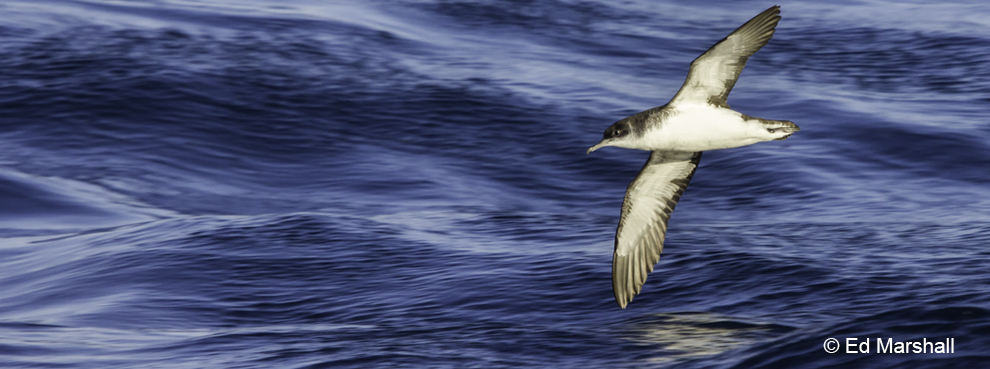
Each Friday, a live interpreter points out and explains the wildlife that can be seen from the ferry.

The team today have been surveys the Manx shearwaters on the island of St Helen's
When walking on the tideline be careful of ringed plover nests. These delightful little waders nests are vulnerable to disturbance from walkers and dogs at this time of year, so look out for signs of the the birds and their distress calls and move away from the nests.

Here is a picture taken in 2009 by visitor Juliet Moore. Christine Sherriff tells us about that trip in 2009 and returning to the islands this May.

Its a great time of year for nesting seabirds and waders, but careful where you walk. Look out for the nesting behaviour of these birds, if they are calling and showing signs of distress carfeully move away fro the area as there could be a well camouflaged nest or even chicks nearby.

16:22:45We stopped for a little break to have a look at this amazing lichen on one of the cairns on Gugh. It is Golden hair lichen which believed to be very ancient and may have remained unchanged for millions of years!

We have been waiting the arrival of these gorgeous day flying moths, as Gugh has had plenty of their black and green catterpillars of late. We have seen their papery cocoons attached to grass (in which they have been pupating) and we predicted this weekend would see their emergence!

First bird survey of June on Gugh early this morning.
Project Manager Jaclyn Pearson recorded all land birds seen or heard across transacts. Highlights were cuckoo, sedge warbler, willow warbler, stonechat. There are certainly plenty of wrens and rock pipits, and blackbirds and strarlings feeding young.

Project Manager Jaclyn has been carrying out fixed point photography across St Agnes and Gugh and at the control site on Bryher as part of the wider ecological monitoring work. Will the removal of the rats have an impact of the vegetation? Fixed point photos will show comparisons over three years.

Dr Vickie Heaney and volunteers have been surveying the kittiwake colony on St Agnes. Last year there were 36 nests and 38 chicks fledged, we are hoping for a smilar success this year, and the removal of rats means there is one less pressure upon them. Currently kittiwake colonies across the UK face huge challenges from climate change and related food sources.
















